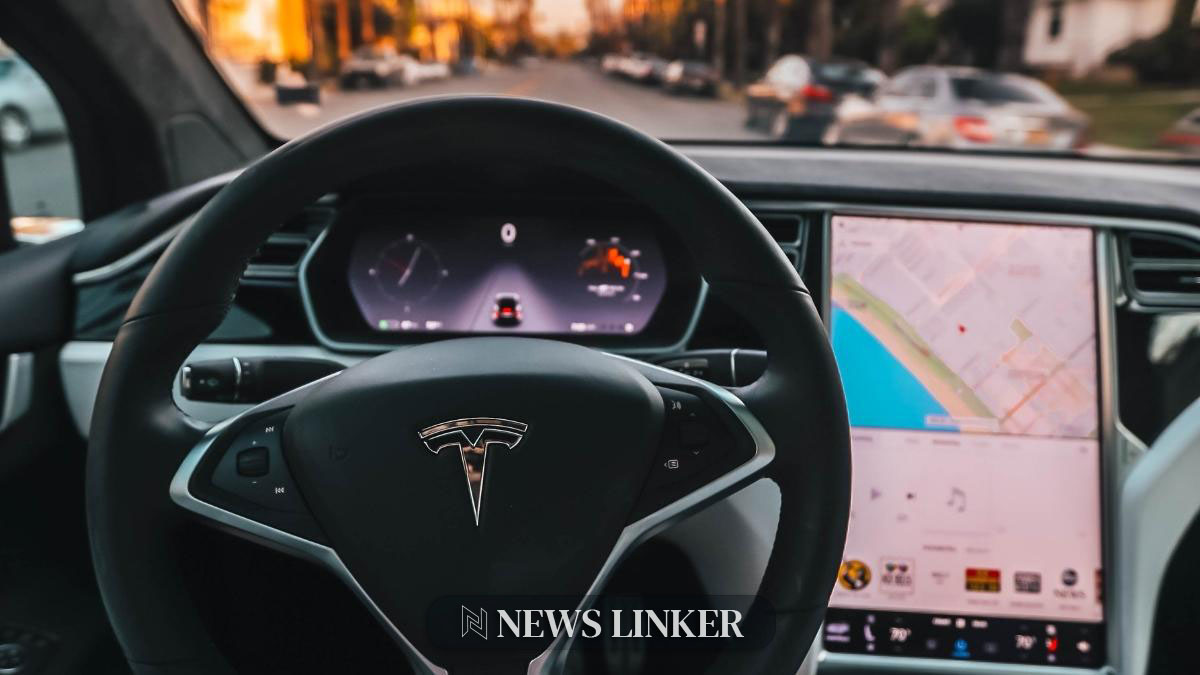In an exciting development for electric vehicle enthusiasts and potential buyers, the Tesla Model 3 Performance has received significant pricing updates that make it an even more appealing option. With a starting price of $52,990, this model stands out not only for its enhanced features and performance capabilities but also for its affordability due to new financial incentives. These include a $7,500 federal tax credit, which, when combined with estimated gas savings, positions the Model 3 Performance as a more economical choice than some of its counterparts within Tesla’s own lineup, such as the Model 3 Long Range Dual Motor All Wheel Drive (AWD).
Comparative Financial Advantages
The Tesla Model 3 Performance, after applying the $7,500 federal tax incentive and estimated gas savings, sees its price drop to a competitive $40,490. This pricing adjustment makes it $2,250 less expensive than the Tesla Model 3 Long Range Dual Motor AWD. Even at its base price without incentives, the Model 3 Performance offers substantial value, especially when compared to other high-performance vehicles in the market which often have much higher starting prices without similar performance metrics.
Market Context and Alternatives
When evaluating the market for performance cars, the Tesla Model 3 Performance at $45,490 (with incentives) is closely priced to competitors such as the 2024 Honda Civic Type R and the Toyota GR Corolla Circuit Edition, yet it offers superior acceleration, going from 0-60 mph in just 2.9 seconds. This speed benchmark sets it apart from its direct competitors, solidifying Tesla’s standing in the electric sports sedan category. Additionally, the Model 3 Performance’s rivals like the BMW M3 and Mercedes-AMG C63 are significantly more expensive, highlighting the Tesla’s value proposition.
Broader Insights from Related Reports
Articles from AutoExpress titled “Tesla Model 3: A Closer Look at Its Market Performance” and Green Car Reports’ “Federal Incentives for Electric Vehicles: Current Landscape” provide a wider lens on Tesla’s strategic pricing. AutoExpress notes that Tesla’s pricing strategies significantly influence the broader electric vehicle market, encouraging competitive pricing among other manufacturers. Green Car Reports highlights the importance of federal incentives in boosting EV adoption, suggesting that Tesla’s utilization of these benefits might encourage further legislative support for EVs.
Scientific Insights on EV Adoption
A recent study published in the Journal of Sustainable Mobility titled “Economic Incentives and Electric Vehicle Adoption” explores the correlation between pricing strategies like those of Tesla and increased EV adoption rates. The study notes that significant price reductions through incentives are crucial in making EVs accessible to a broader audience, potentially leading to a more rapid decrease in automotive emissions as more consumers can afford to switch to electric vehicles.
Key Takeaways
- The Model 3 Performance, with incentives, undercuts similar models in price and performance.
- Federal tax incentives play a crucial role in the affordability of EVs.
- Competitive pricing strategies may influence broader market trends.
The updated pricing of the Tesla Model 3 Performance not only makes it an attractive option for consumers looking for high performance but also serves as a strategic move by Tesla to solidify its dominance in the electric vehicle market. Through clever utilization of federal incentives and competitive pricing, Tesla continues to pave the way in making electric vehicles more accessible and appealing. This strategy not only benefits consumers but also contributes to the broader goal of increased EV adoption, which is essential for reducing automotive emissions and promoting environmental sustainability.










